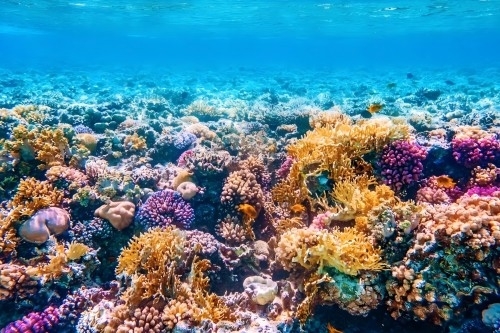Innovative Approaches to Marine Aquarium Ecosystems A Global Perspective
news
2025/04/07 17:57

The marine aquarium industry continues to evolve with diverse methodologies designed to replicate oceanic ecosystems. Below is an exploration of five groundbreaking systems reshaping aquatic husbandry practices worldwide:
1. The Berlin Method: A Time-Tested Classic
Hailing from Germany and popularized by Peter Wilkens, this approach emphasizes biological filtration through live rock paired with protein skimming technology. Its reliance on natural nutrient cycling has made it a gold standard for reef tank stability. However, modern environmental regulations now limit the harvesting of wild live rock, challenging aquarists to seek sustainable alternatives for replenishing microbial diversity over time.
2. Jaubert's Deep Sand Bed: Nature's Denitrification Engine
Moroccan researcher Dr. Jean Jaubert revolutionized nitrate management by developing sand beds up to 15cm thick. These oxygen-depleted zones foster anaerobic bacteria that convert harmful nitrates into harmless nitrogen gas. While effective for long-term water purification, the system demands patience—tanks require 3-6 months to fully mature—and risks unexpected pest outbreaks from dormant organisms in untreated substrates.
3. Algae-Driven Filtration: The Refugium Revolution
American scientist Walter Adey pioneered this eco-friendly strategy using macroalgae like *Chaetomorpha* to compete with unwanted nutrients. Though celebrated for creating coral-friendly environments, critics note that algae dominance can inadvertently suppress coral growth in tightly controlled systems, necessitating supplemental filtration methods.
4. Zeovit Technology: Precision Through Chemistry
German innovator KZ Corporation introduced this mineral-based system combining zeolite filtration with targeted bacterial dosing. While exceptional for maintaining ultra-low nutrient environments prized by SPS coral enthusiasts, its dependency on proprietary additives leads to operational costs 30-50% higher than conventional setups.
5. Huanghaisz Hybrid Model: Rapid Deployment Solution
China's Huanghaisz Aquatech merges dry rock infrastructure with modular algae reactors, achieving tank readiness in weeks rather than months. Their patented bacterial blends and nutrient-balancing products simplify maintenance but require careful monitoring to prevent oligotrophic conditions that could starve delicate corals without manual intervention.
Optimizing System Selection
Aquarists must weigh factors like maintenance intensity, budget constraints, and sustainability goals when choosing a system. Emerging trends highlight a shift toward closed-loop designs and synthetic biological media to reduce ecological impacts. Regardless of methodology, consistent monitoring of key parameters—including alkalinity stability and trace element ratios—remains paramount for thriving marine ecosystems. Industry experts increasingly advocate for AI-powered monitoring tools to automate water quality management in next-generation installations.
| Media partners: |
| US 103 radio broadcast Ra | U.S. regulation news | |